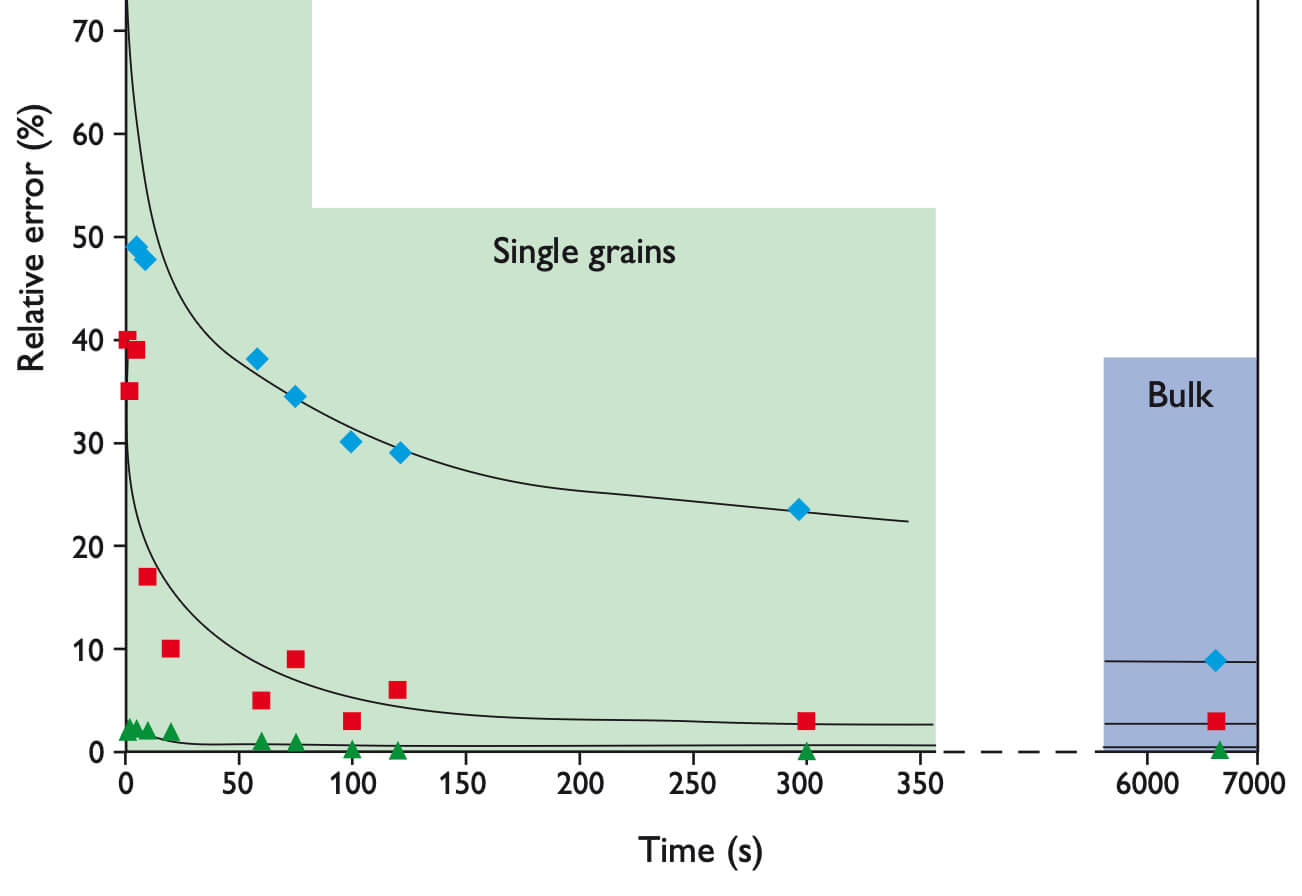
How to Cite
Share
Abstract
Computer-controlled scanning electron microscopy (CCSEM) combines the advantages of energy dispersive X-ray spectrometry (EDX) with those of digital image analysis of back-scattered electron (BSE) micrographs. CCSEM analysis of a wide range of geological or non-geological materials has been introduced at the Geological Survey of Denmark and Greenland (GEUS) as a fast and reliable method to determine both the chemistry of individual grains and bulk samples. The chemical analysis is combined with measurements of the two-dimensional size and morphology of every single grain. The CCSEM technique was developed in the early 1980s for characterisation of coal minerals (Huggins et al. 1980; Lee & Kelly 1980) and studies of synthetic crystals for super-conductors and catalysts (Lin & Barnes 1984). Soon it found a broader application in the study of dust particles and fibres in lung tissue of mine workers (Friedrichs 1987), in the analyses of aerosols for air quality control and source emission characterisation (e.g. Heasman & Watt 1989) and the degree of sintering and consolidation of coal ash deposits (e.g. Huffman et al. 1994). CCSEM has been used in the earth sciences for the determination of the sediment budget of a lake (Yin & Johnson 1984), for the characterisation of soil and dust (Pirrie et al. 2004), for provenance analysis of ilmenite-bearing beach sands (Knudsen et al. 2005; Bernstein et al. 2008), and provenance studies on sandstones in oil-bearing basins (Frei et al. 2005). Other areas where CCSEM has been applied range widely and include characterisation of small inclusions, e.g. impurities in metal alloys or steel (Schwoeble et al. 1988), analyses of gun-shot residues (e.g. Steffen et al. 2007), and analyses of bladder stones obtained from a skeleton found in a Mesolithic cave-tomb (D’Alessio et al. 2005). In this paper, we demonstrate the benefits of the method with examples from the cement industry and from diamond prospecting.
How to Cite
Share
Copyright (c) 2008 Nynke Keulen, Dirk Frei, Stefan Bernstein, Mark T Hutchison, Christian Knudsen, Lucas Jensen

This work is licensed under a Creative Commons Attribution 4.0 International License.
Downloads
Edited by Ole Bennike and A.K. Higgins
This Review of Survey activities presents a selection of 22 papers reflecting the wide spectrum of activities of the Geological Survey of Denmark and Greenland, from the microscopic to the plate-tectonic level.
The Survey's activities in Denmark are illustrated by 13 articles. Five of them deal with petroleum-related [...]









